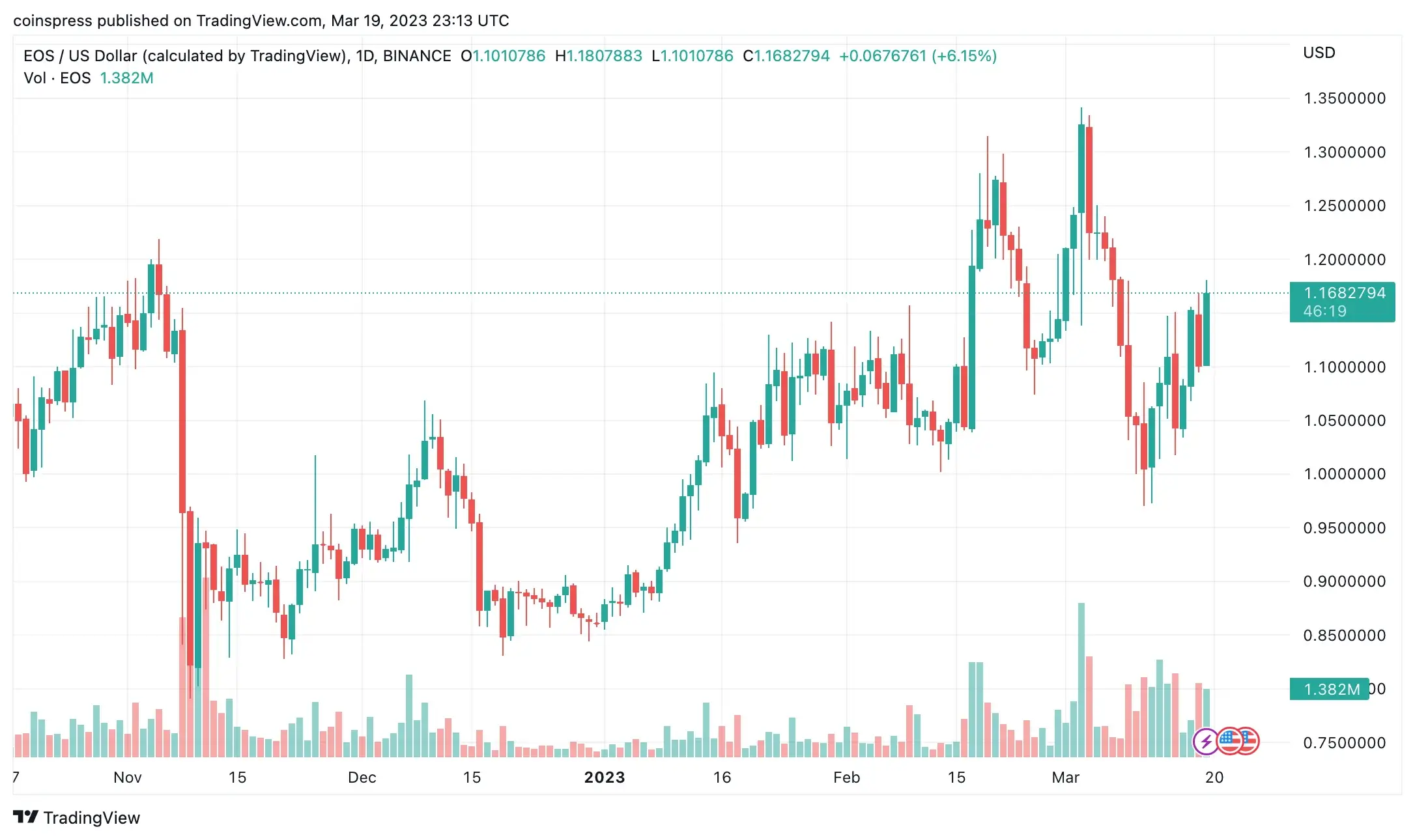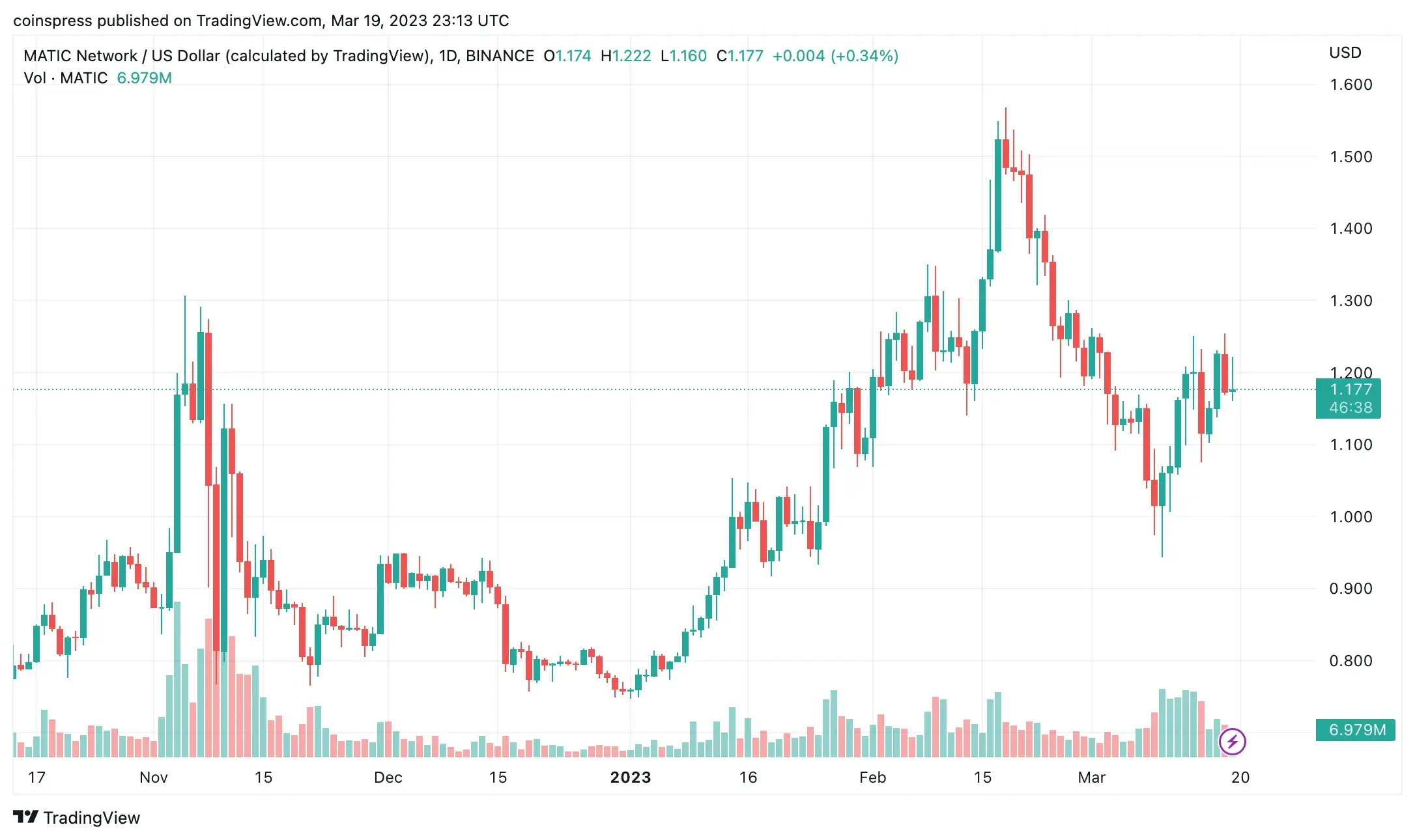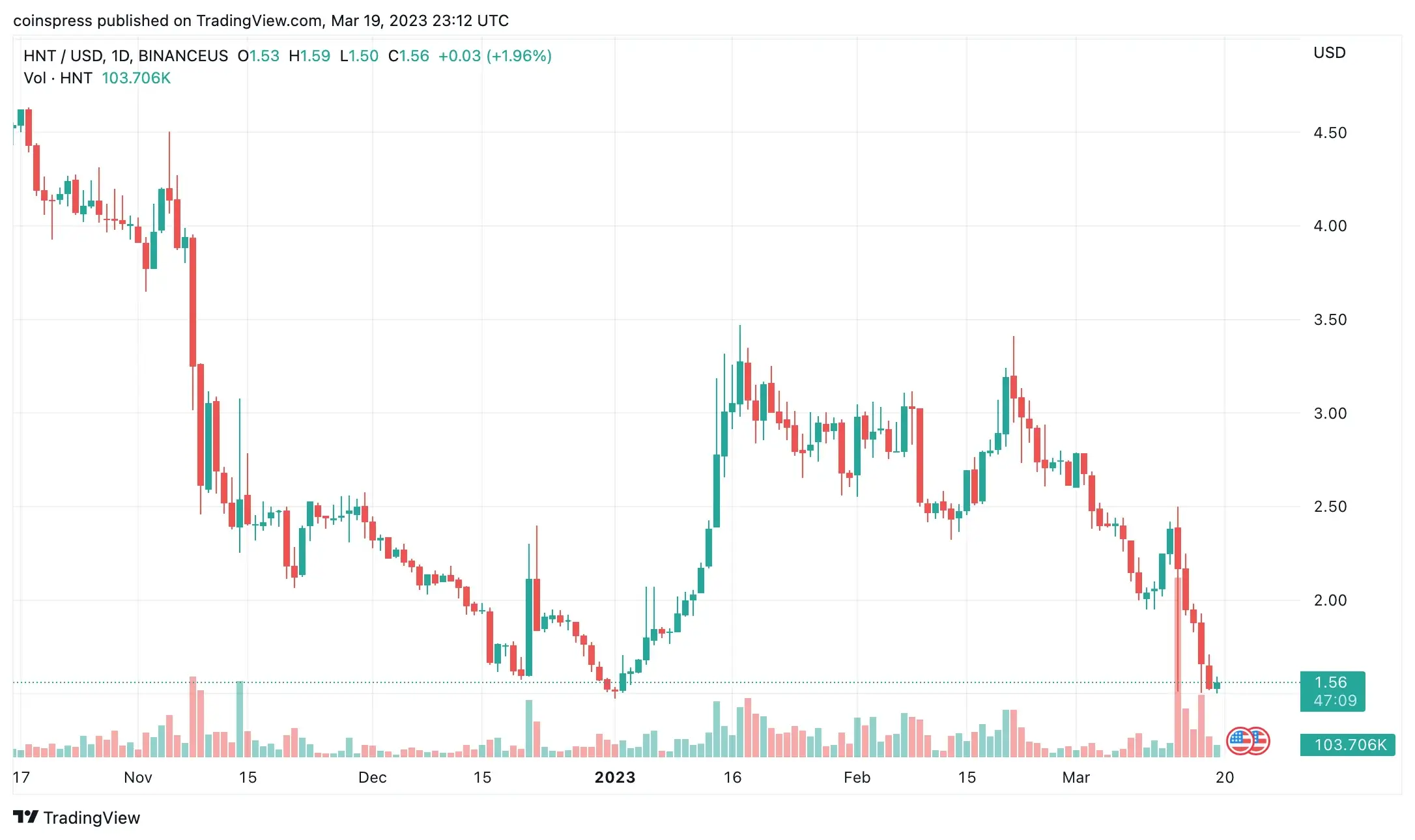The past few weeks have been extremely volatile for the cryptocurrency market. Despite the banking crisis, Bitcoin (BTC) broke the $28,000 mark, with many other altcoins following its trajectory.
In this article, we will take a look at 5 crypto tokens you should pay attention to this week.
GMX
GMX is an exchange platform that facilitates spot and swap transactions on a decentralized system without requiring permission. The GMX protocol utilizes a native token called GMX, which acts as a governance, utility, and value-accrual token.
By staking GMX tokens, users can earn protocol fees and other incentives. The GMX platform supports the Arbitrum and Avalanche networks, enabling users to easily trade cryptocurrency by connecting their wallets.
The big news for the token this week is that it is getting a listing on Kraken. Funding is already live; trading will begin on March 21 at approximately 14:30 (UTC).
GMX is switching hands for a little over $82 after a 22.7% price surge during the past 7 days. The current market cap of the project is $707 million.

Looking at the TradingView data, you can see that the summarised technical indicators show a buying santiment with 13 signals. The oscillators show 8 signals and are “neutral,” while the moving averages point to “strong buy” at 11.
Lido Finance
Lido Finance is a platform for DeFi that enables Ethereum (ETH) token holders to stake their assets on the Ethereum 2.0 network. Staking is the process of holding ETH in a wallet and locking it in a smart contract to help secure and maintain the network and earning rewards in ETH in return. Lido Finance simplifies staking for users by allowing them to stake their ETH and receive stETH (staked ETH) tokens representing their staked ETH and any rewards earned from staking.
Lido Finance aims to increase accessibility to staking by eliminating obstacles such as technical know-how, high fees, and the minimum ETH holding requirement. With stETH tokens, users can engage in DeFi activities like lending, borrowing, trading, and liquidity provision. Additionally, Lido supports other Proof-of-Stake networks such as Solana, Polygon, and Polkadot.
The Shanghai Upgrade will mark Ethereum’s complete transition to a fully functional PoS network, enabling validators to withdraw rewards earned from adding or approving blocks to the blockchain.
One more test on Ethereum’s Goerli testnet is planned before Shanghai goes live. The final Goerli testnet is scheduled for March 20.
At the time of writing LDO is trading at $2.52 after a 5.50% increase in the past 7 days. The token’s current market cap is $2.15 billion with almost $10.71 billion TVL.

The investors’ santiment is “neutral” according to the 1-day TA from TradingView—the TA summary points at “neutral” with 10 signals. The oscillators are also at “neutral” with 8 signals, while the moving averages suggest a buying opportunity at 9.
EOS
EOS is a decentralized, blockchain-based platform that enables the creation, hosting, and execution of business applications, also known as dApps. Its core features allow businesses and individuals to develop dApps with a similar approach to traditional web applications.
EOS provides secure access and authentication, data hosting, usage management, permissions, and communication between dApps and the internet. This platform enables users to create and deploy efficient and scalable decentralized applications for their business needs.
The final testnet for EOS is scheduled for March 27.
Currently, EOS is trading at $1.17 after a 11.25% weekly price surge and stands at a $1.26 billion market cap.

The 1-day TA suggests there is a buying opportunity, with the summarized technical indicators and moving averages pointing to “strong buy” at 16 and 14, respectively. Oscillators show 2 signals for “buy”.
Polygon
Polygon is a scaling solution for Ethereum that operates as a “layer two” or “sidechain” alongside the Ethereum blockchain, enabling quick transactions and low fees. The network has its own native cryptocurrency, MATIC, which is utilized for governance, staking, and fees on the Polygon network. MATIC holders can participate in governance by voting on updates to the Polygon network.
Polygon, a scaling initiative for Ethereum, has scheduled March 27 as the launch date for its main beta network for the zero-knowledge Ethereum Virtual Machine (zkEVM).
At the time of writing, MATIC is trading at $1.17 with an 2.5% increase in the past 7 days and stands at a market cap of over $10.28 billion.

The technical analysis for the altcoin is bullish, with the summarized 1-day TA pointing at “buy” with 14 signals. Oscillators stand at “neutral” with 8 signals, while the moving averages suggest “strong buy” at 12.
Helium Network
Helium is a blockchain network that employs a global network of decentralized devices, known as Hotspots, to offer long-range connectivity to Internet of Things (IoT) devices at a low cost and high speed. The ultimate objective of Helium is to provide a seamless and affordable connection to the world by creating a decentralized wireless network.
Helium utilizes Proof-of-Coverage (PoC) as part of its protocol to achieve this. PoC is a consensus algorithm that rewards users for verifying coverage, which is necessary to prove location and connectivity. This approach helps ensure that the network is reliable and secure while also incentivizing user participation.
The big news for the Helium Network is that it will be migrating to the Solana blockchain on March 27. The market participants reacted negatively before the official migration as the price fell over 28% in the past week. In addition, the world’s largest crypto exchange Binance delisted HNT.
Currently, the token is valued at $1.58 with a $221.4 million market cap.

The market santiment for HNT is really bearish as the summarized TA from TradingView, and the moving averages point toward “sell” and “strong sell,” respectively at 14 and 13.